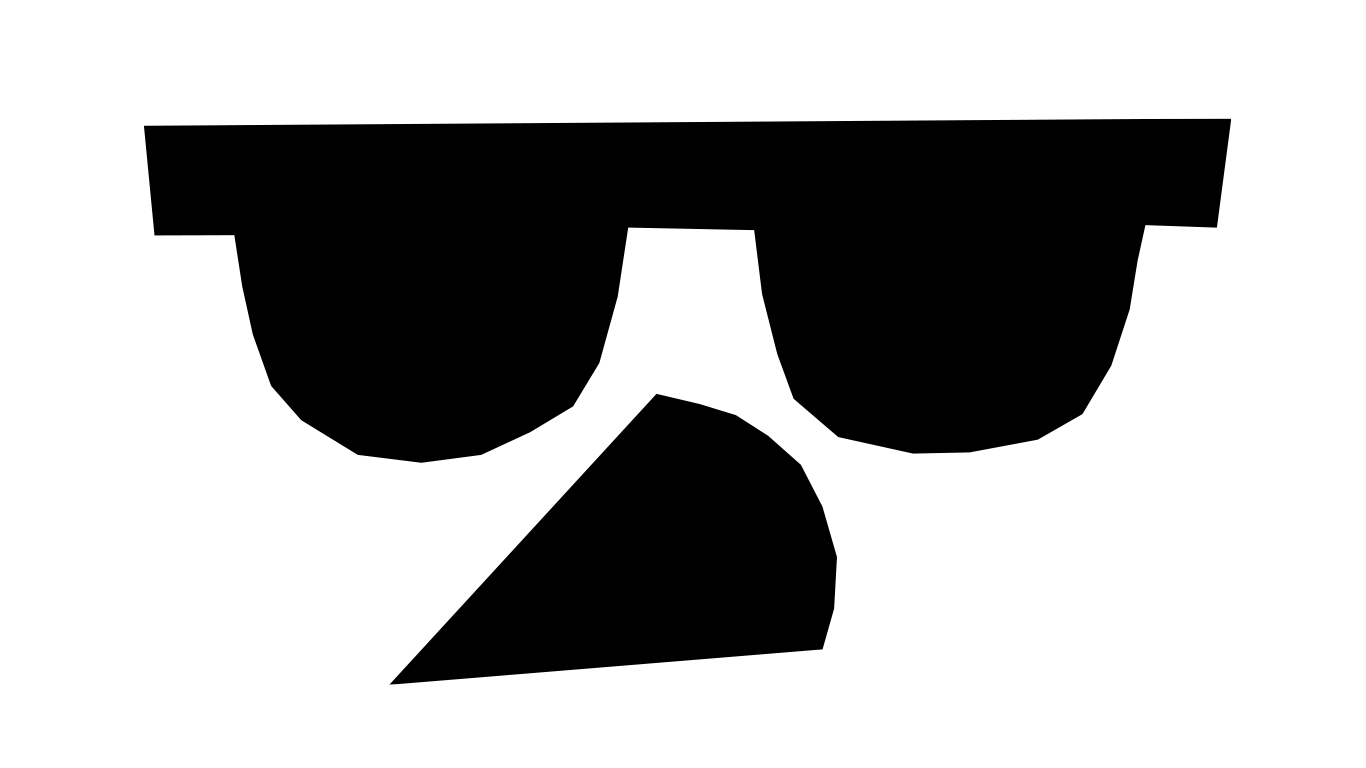For any product on the market you can draw a diagram of the entire supply chain: who makes what and who uses what and where everything ends up. It’s generally a sprawling network including packaging, labelling, raw materials and finished products. For any given component that reaches the consumer as finished goods, you can trace a path all the way from useful raw materials at one end to post-consumer waste at the other. In the current mainstream of single use packaging lined up on shelves, that path only goes in one direction and it ends mainly in recycling and landfill.
But the path doesn’t have to be like this: it can have loops. In one of these loops, materials that are still useful go back up that chain to be reused by a supplier or manufacturer, trapping that material and preventing it from going to waste. If that material is packaging and it goes back at least one step to make the loop, that’s closed loop supply. There are still elements of waste in any system due to breakage and wear and tear, but the reuse of packaging like this saves tons of materials from waste each year and, of course, slows the use of raw materials for packaging.
Meaning
There’s a distinction between the concepts of multi-use packaging, closed loop supply and refill economy.
- Multi-use packaging can be used more than once, whether that’s a jam jar or a bag for life, but that doesn’t make it part of a closed loop supply or a refill economy.
- To make the jars closed loop, you’d have to send them back to the manufacturer of the original goods for them to refill and reissue to someone else.
- Including them in a refill economy would be taking the jars back to the shop for a top up.
History
Going back in time, closed loop supply was essentially the norm at one point. Doorstep milk delivery in the UK is a great example of closed loop supply that has existed for a long time, but prior to World War II, even self-sealing fizzy drinks bottles could be returned to the brewery. Stone bottles and demijohns, jars and hessian sacks were refillable and exchangeable in principle wherever there was supply. Even in the 2000s I remember being reminded quite sternly as a glass-collector in a pub, that Newcastle Brown Ale bottles were to be kept after use and sent back whenever we got a delivery.
At Ideal, we’ve been practising closed loop for a very long time, bringing our customers’ used drums and buckets back to the factory, washing them out and reissuing them if they pass inspection. The more cycles we can get a container to go through, the better, as every cycle is one new container we don’t have to introduce into the supply chain. We do this for 1000 L intermediate bulk containers, 200 L drums… right down to the 500 ml bottles of FILL products that we collect through Milk & More. Where we can’t do closed loop due to the nature of the product, we aim for biodegradable materials like paper wherever the law allows; as a supplier of chemicals, we are limited occasionally in this respect by the containers that are legal for sale and transport, meaning that sometimes we have to use recyclable plastics instead.
Making the Leap to a loop!
While the success of a closed loop supply or refill economy does rely on customer acceptance and uptake, it’s not something that can happen based on the initiative of the customer alone – the option doesn’t exist for the customer unless a supplier actively integrates the practice, logistics and infrastructure into how their business works. It takes two. Most importantly the business has to make the necessary steps first.
No matter how long we’ve been practising closed loop for our professional laundry customers, closed loop supply of our FILL range has given us plenty to think about. This is because the refill aspect was… somewhat of a legal curiosity. We had to adapt a lot of what we do significantly and the system needed a good bit of pioneering. As far as we know, before FILL was launched there was simply no viable option for closed loop refillable laundry and home care products coming direct from a manufacturer.

About This Series
The Idealism series of blogs about what matters to us as actual people is, in fact, filled with things that matter to us as actual people. There’s no better way to get to know the why of what we do, so stick around if you liked this.
